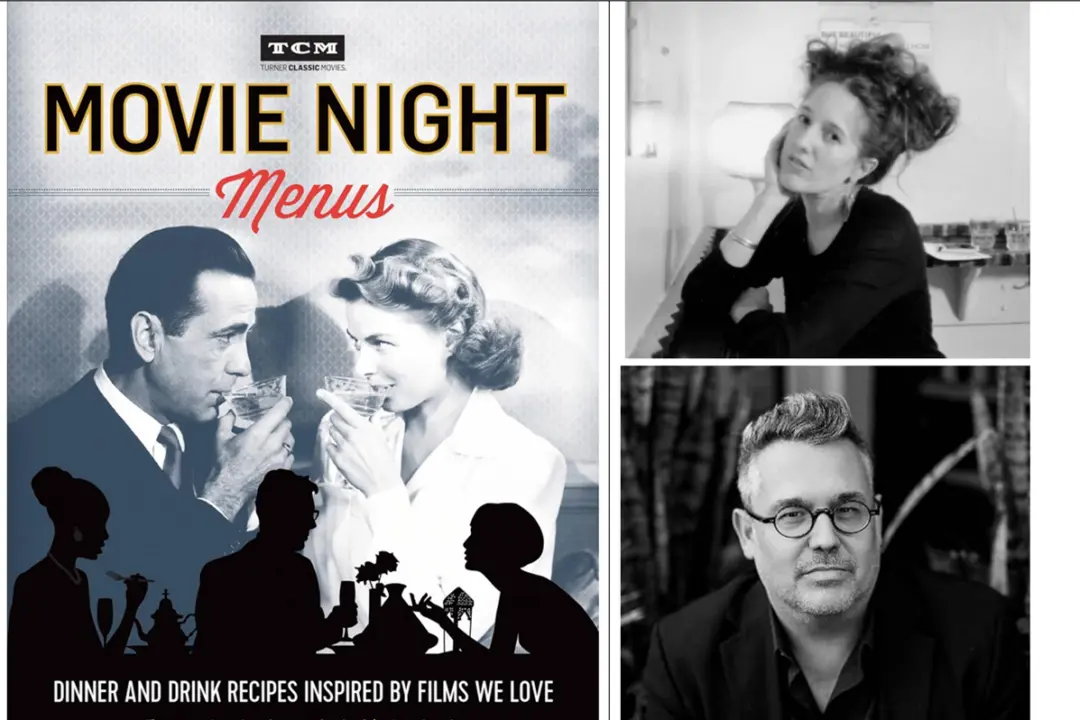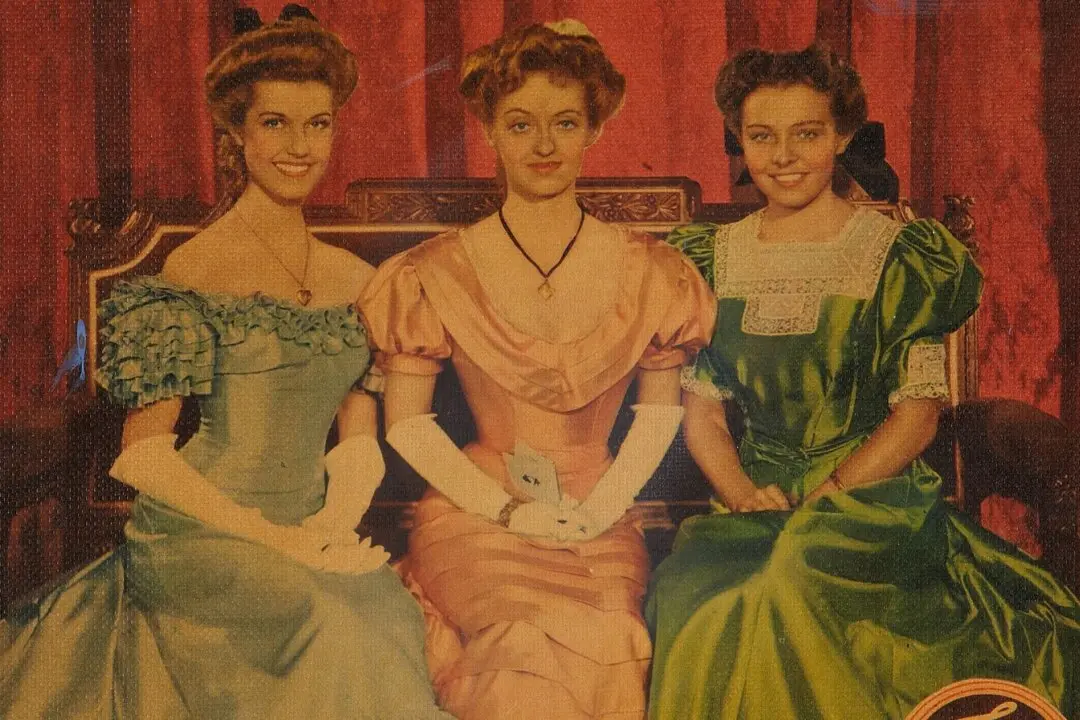Commentary
Movies and television shows aren’t just entertainment. They are a useful gauge of a country’s moral and social state. Films from the Golden Era of Hollywood provide invaluable records of what the United States was like during the 1930s-50s for those of us who weren’t alive, were too young to remember, or would like to travel back in time. As television became increasingly popular in the 1950s, TV shows from this era provide a different perspective on cultural changes which took place in our country.





